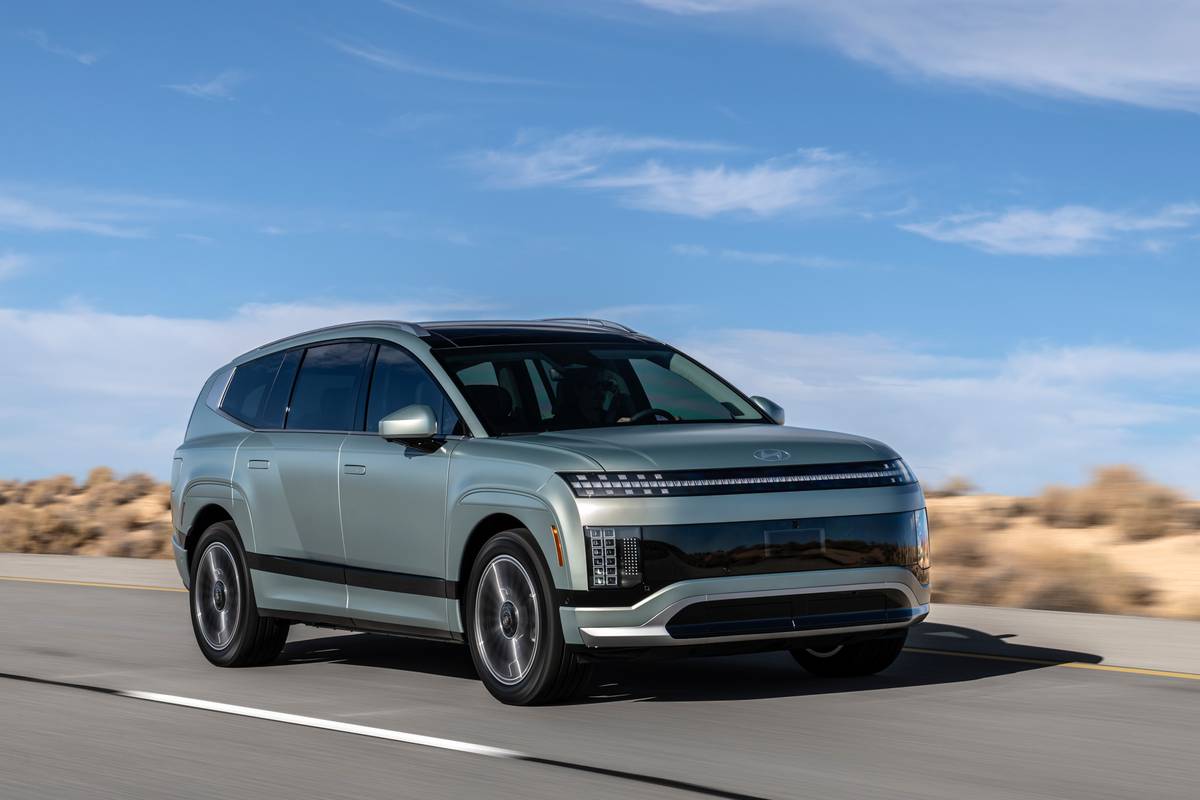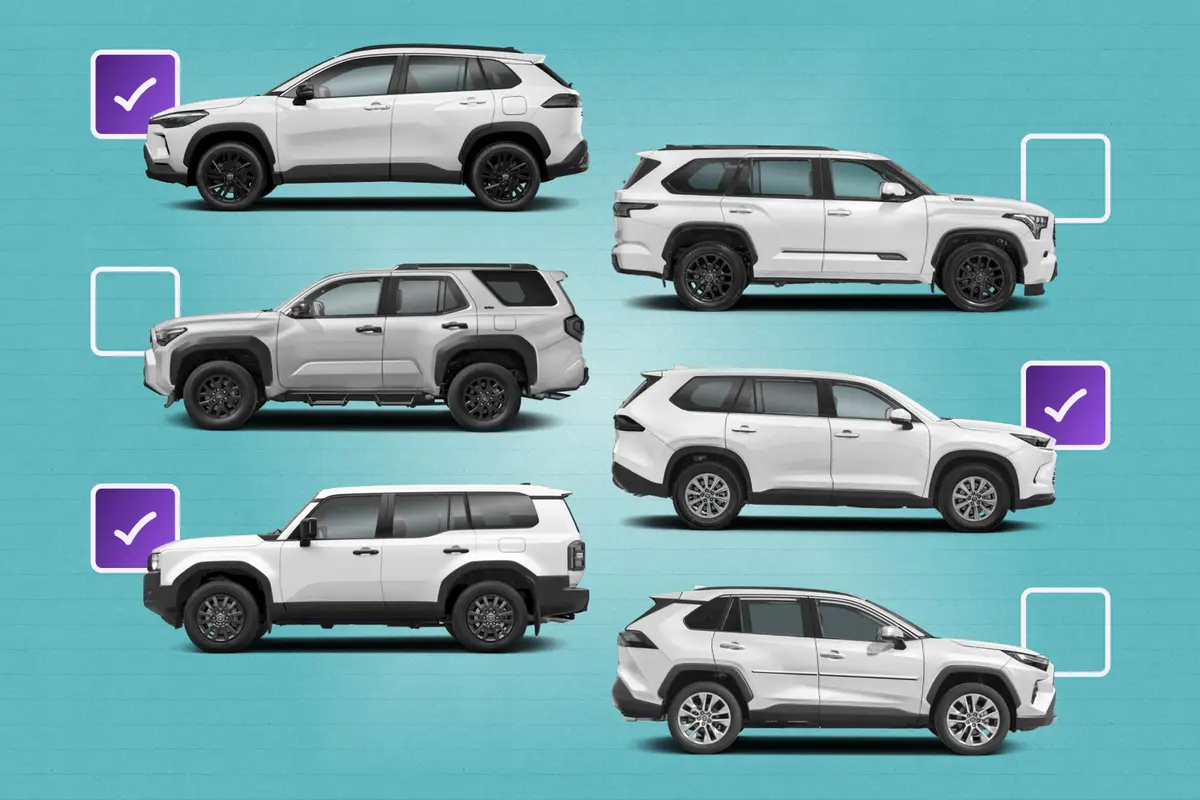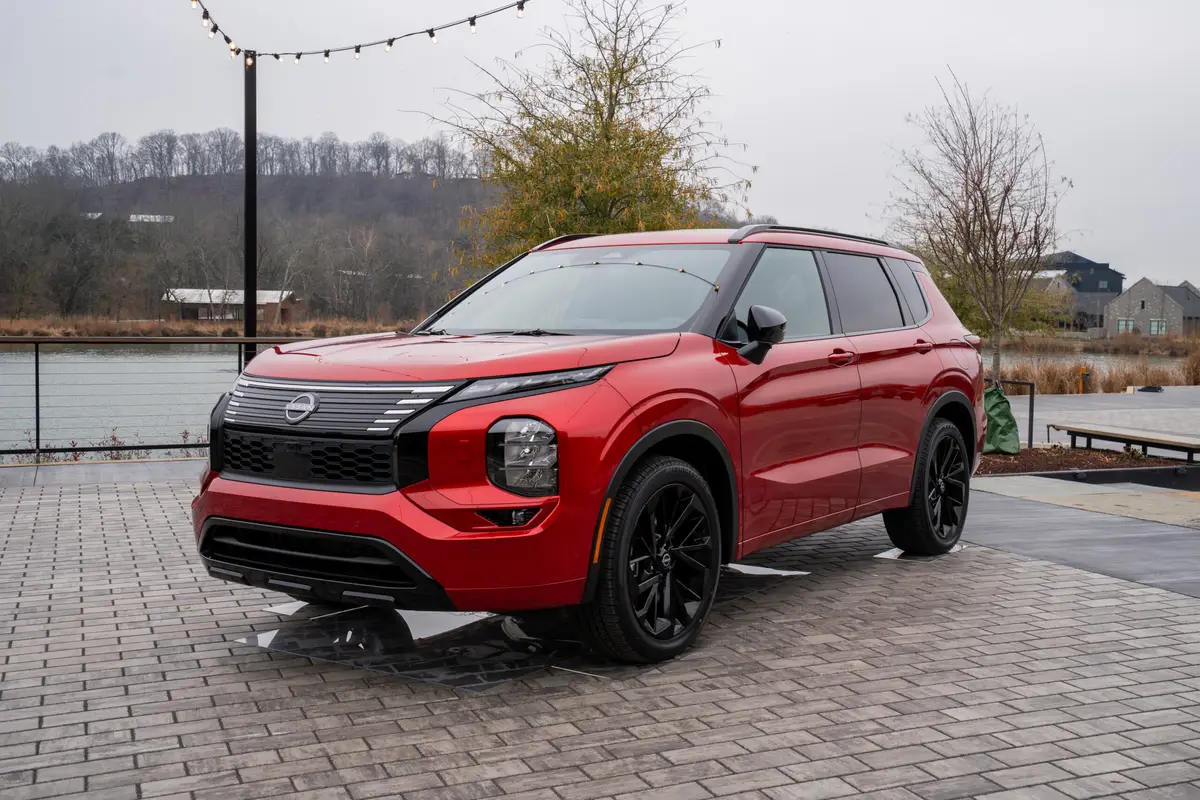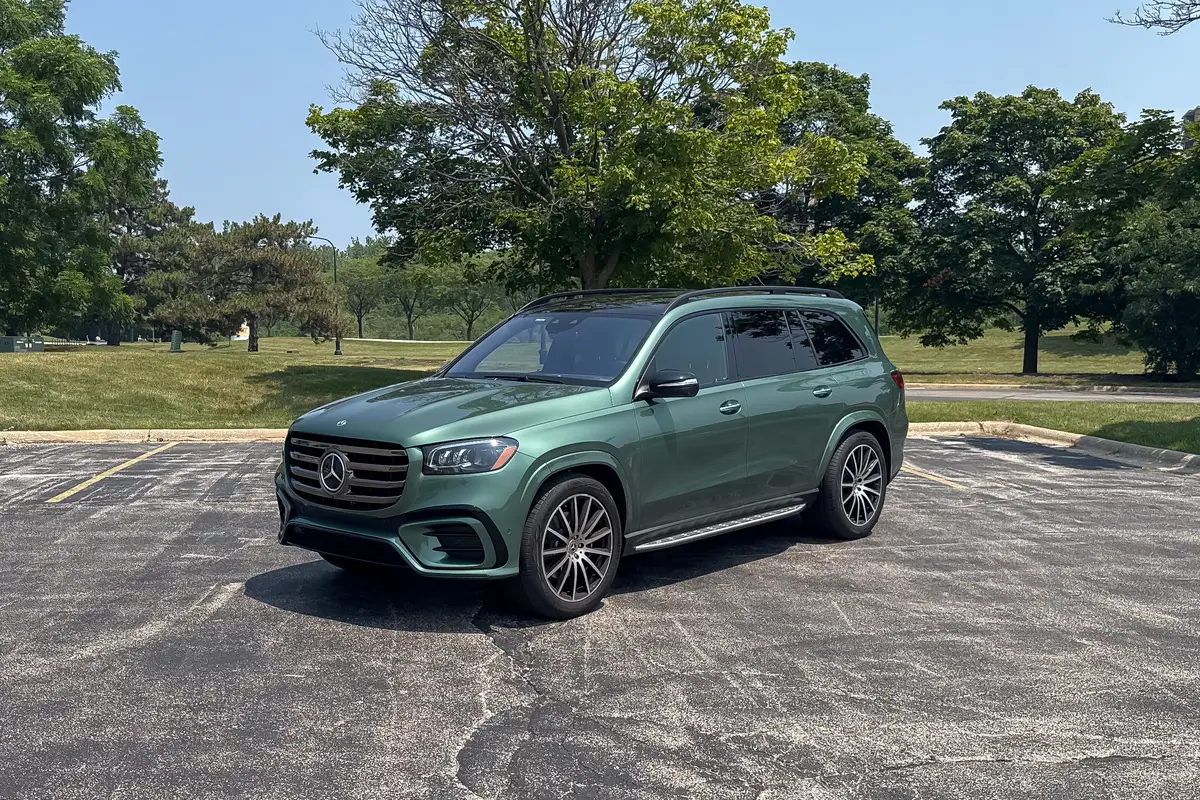9 Additional Vehicles Earn IIHS Crash-Test Accolades

Key Points
- Audi A5 and Q6 Sportback e-Tron, BMW X3, Ford Explorer, Hyundai Ioniq 9 and Kia Sportage named Top Safety Picks+
- Hyundai Santa Cruz, Nissan Rogue and Toyota Corolla Cross earn Top Safety Pick
In a recent round of crash-testing, the Insurance Institute for Highway Safety evaluated a sampling of mainstream and luxury SUVs of various sizes and powertrains — as well as one luxury sedan and one compact pickup truck. The model-year 2025 Audi A5 and Q6 Sportback e-Tron, model-year 2025-26 BMW X3 and Ford Explorer, and model-year 2026 Hyundai Ioniq 9 and Kia Sportage came away with Top Safety Pick+ awards, IIHS’ highest honor. Additionally, the model-year 2025-26 Toyota Corolla Cross and model-year 2026 Hyundai Santa Cruz and Nissan Rogue earned second-tier Top Safety Pick laurels.
Related: These EVs Missed Out on IIHS Crash-Test Awards
The awards for the X3, Explorer and Sportage come with asterisks, however. They only apply to X3s built after April 2025, Explorers built after June 2025 and Sportages built after May 2025. In the case of the BMW and the Ford, that’s due to updated headlights; IIHS gave no further information about what Kia changed on the Sportage. The agency also tested the model-year 2025-26 Audi Q4 e-Tron and Sportback e-Tron, Kia EV6 and Toyota Grand Highlander, as well as the model-year 2025 Mitsubishi Outlander and Toyota 4Runner, but these vehicles failed to qualify for either award.
Moderate Overlap Presents Big Challenge
- Key Takeaway: The Audi Q4 e-Trons, Kia EV6, Mitsubishi Outlander and Toyota 4Runner missed out on earning either IIHS Top Safety Pick award due to their performance in the moderate overlap crash test.
IIHS updated its moderate overlap crash test in 2022. Previously, there was only one dummy in the vehicle, in the driver’s seat; the updated test adds another to the rear seat behind the driver. A frequent stumbling block for manufacturers since the change, the moderate overlap test kept the Q4 e-Trons, EV6, Outlander and 4Runner from earning awards in this round of tests. (The headlights on some trim levels of the 4Runner also rated poor.)
The Audis earned a poor rating due to measurements from the rear-seat dummy indicating a strong likelihood of chest injuries and the lap belt sliding up from the pelvis, increasing the risk of abdominal injuries. The EV6, Outlander and 4Runner scored marginal ratings in this test. IIHS didn’t specify how the Mitsubishi fell short, but it said the EV6’s and 4Runner’s lap belts also moved onto the abdomen, increasing the risk of injury. In the Kia, the shoulder belt moved worryingly toward the dummy’s neck, too.
It was the small overlap test that disqualified the Grand Highlander. Although readings from the dummies indicated no increased risk of injury, excess deformation of the vehicle’s body led to its crash structure intruding into the cabin.
Read More Safety News Coverage on Cars.com:
- IIHS Adds Speeding, Drunk-Driving Detection to Award Criteria
- IIHS: Here Are the Vehicles Most, Least Likely to Be Stolen
- Volvo’s New Multi-Adaptive Safety Belt Is a Smarter Seat Belt
- IIHS Measures How Much Blind Spots Are Growing In Vehicles
- More Safety News
IIHS Testing and Rating
- Key Takeaway: IIHS rates vehicle performance on a four-point scale. The agency tests cars in a small overlap frontal crash test, moderate overlap frontal crash test and a side-impact test, as well as in evaluations for the vehicle’s headlights and pedestrian crash avoidance systems.
IIHS rates vehicle performance in two different frontal crash tests and a side-impact test. Vehicles are also evaluated in how well their headlights illuminate a dark road, and their crash avoidance systems are subject to a pedestrian avoidance test that includes day- and nighttime tests.
In the small overlap frontal crash test, which mimics a common type of crash in which a vehicle leaves the road and hits an object such as a tree or pole, the vehicle is traveling at 40 mph and strikes a rigid barrier that covers 25% of its width. The moderate overlap frontal test recreates another common scenario, an offset collision in which one vehicle strays over the centerline and strikes an oncoming vehicle head-on. In this test, the vehicle again is traveling at 40 mph, but the barrier it strikes covers 40% of its width and is covered in a deformable aluminum honeycomb that approximates the other vehicle. The forces generated in this test are similar to those between two vehicles traveling just below 40 mph. In the side-impact test, a 4,200-pound sled mimicking a modern SUV T-bones the test vehicle at 37 mph.
Performance in each evaluation is scored on a four-point scale: poor, marginal, acceptable and good. To earn either award, a vehicle must rate good in the small overlap frontal crash test and the side-impact test. It must also earn an acceptable or good rating in the pedestrian-collision evaluation, and acceptable or good headlights must be standard on all trim levels.
The moderate overlap frontal crash test is the differentiator between either award. An acceptable score in the moderate overlap test qualifies a vehicle as a Top Safety Pick, but a good rating is required for a Top Safety Pick+. All of the vehicles earning TSP+ awards in this latest round of testing scored good in the pedestrian-avoidance test except the Santa Cruz, which earned an acceptable rating.
Related Video:
Cars.com’s Editorial department is your source for automotive news and reviews. In line with Cars.com’s long-standing ethics policy, editors and reviewers don’t accept gifts or free trips from automakers. The Editorial department is independent of Cars.com’s advertising, sales and sponsored content departments.
Featured stories



